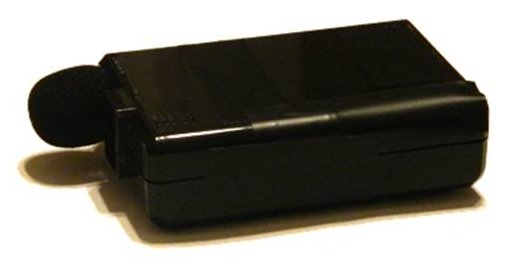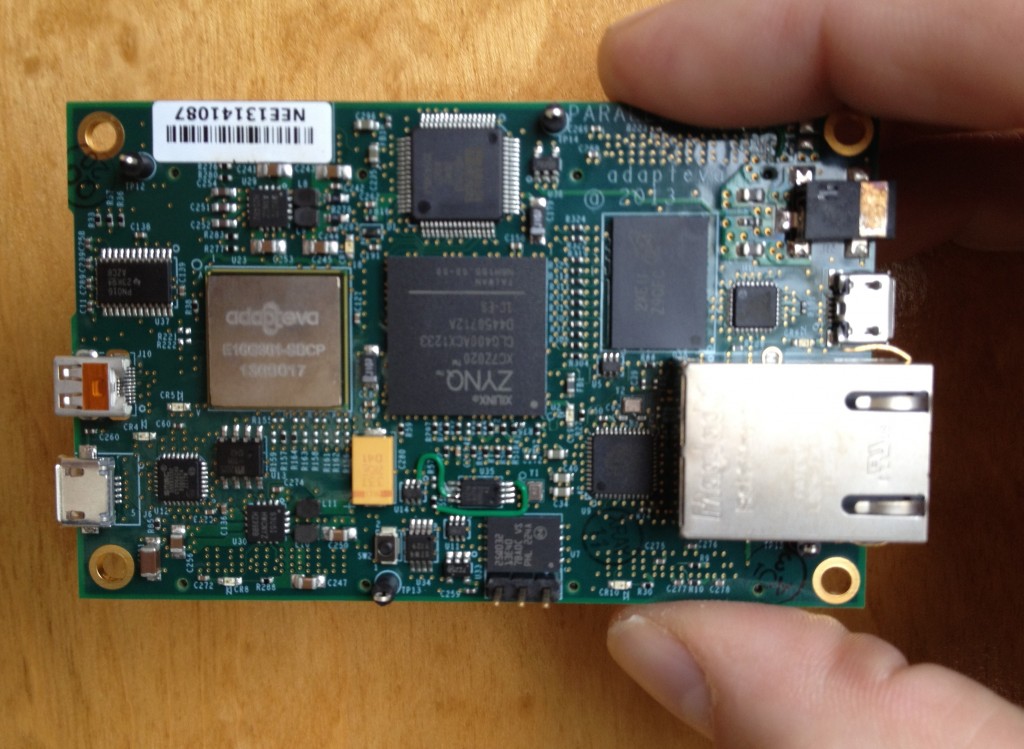
Alma, Québec – April 22nd, 2013 - The municipal Council of Alma, Unmanned Systems Canada, the Alma Airport authorities and the Unmanned Aerial System Center of Excellence are proud to invite you to the 2013 Unmanned Systems Canada Student UAV Competition.
Close to a hundred students from across Canada will attend the competition from May 3rd to 5th. They will fly their own UAVs and complete various tasks such as detecting and decoding targets. Colonel Paul Prévost, Commander of the 2 and 3WING Bagotville, has graciously accepted the honorary presidency of this year’s event.
This 5thedition of the competition and is the first to be opened to the public. Anyone fascinated by the world of aviation and willing to learn more about UAVs are welcomed to attend on Saturday May 4th and Sunday May 5th between 9am and 5pm. The public is invited to tune their radios to the regional stations of RNC Media, Planète and Radio X stations, to hear capsules throughout the weekend. The admission is free for the children under 12 years old and of 3$ for the people 12 years old and over. Various activities have been organized for the public. One of the highlights of the weekend will be the Fly-by of a CF-18 Saturday at noon. Many booths and aircraft on static display will be set up for the spectators. UAVs will also be on display, including the MISKAM UAV that has been flying and tested in Alma for over a year. Other businesses interested in the UAV development will also be on display and presenting their services to the public.
“This year, the Unmanned Aerial Center of Excellence and the city of Alma have graciously agreed to host the event. The fifth edition is shaping up to be the best event to date; we are looking forward to it. The continuous success of our Student Competition is directly linked to the support of our sponsors and the host city” states Paul Drover, executive director of Unmanned Systems Canada.
“The City of Alma is proud to host the Competition. For the first time in Canada, the event will be open to public. The whole region of Saguenay-Lac-St-Jean will benefit from the competition” adds the Mayor of Alma, Mr. Marc Asselin. “The Unmanned Aerial System Center of Excellence is constantly evolving and, by hosting the competition, the UASCE is demonstrating its leadership role in the UAV development at the national and international level”, states Pascal Pilote, president of UASCE.
The Unmanned Aerial System Center of Excellence has recruited over 60 volunteers to deliver this major event, which will attract many new companies and sponsors from across Canada and the United States. The sponsors, as well as all team members, their coaches and the organizing committee will be staying in Alma during the competition. Many local businesses generously agreed to sponsor the event and they hope to benefit from the national visibility. The competition will likely provide an important economic impact to the city of Alma.
Canadian student UAV competition
Unmanned Systems Canada (USCSTC)has been organizing the competition since 2007. The main objective of this competition is to promote and develop the Canadian expertise in the UAV sector at the colleges and universities level.
The Unmanned Aerial System Center of Excellence (UASCE) works toward becoming an international center of expertise and to offer innovative services such as manufacturing, research and development, testing and training. The student competition being held in Alma is a great opportunity to promote our services and to inform the public on the purpose and uses of UAVs.
Let the Competition Begin - A Hundred Students Set To Fly Their Own UAVs









